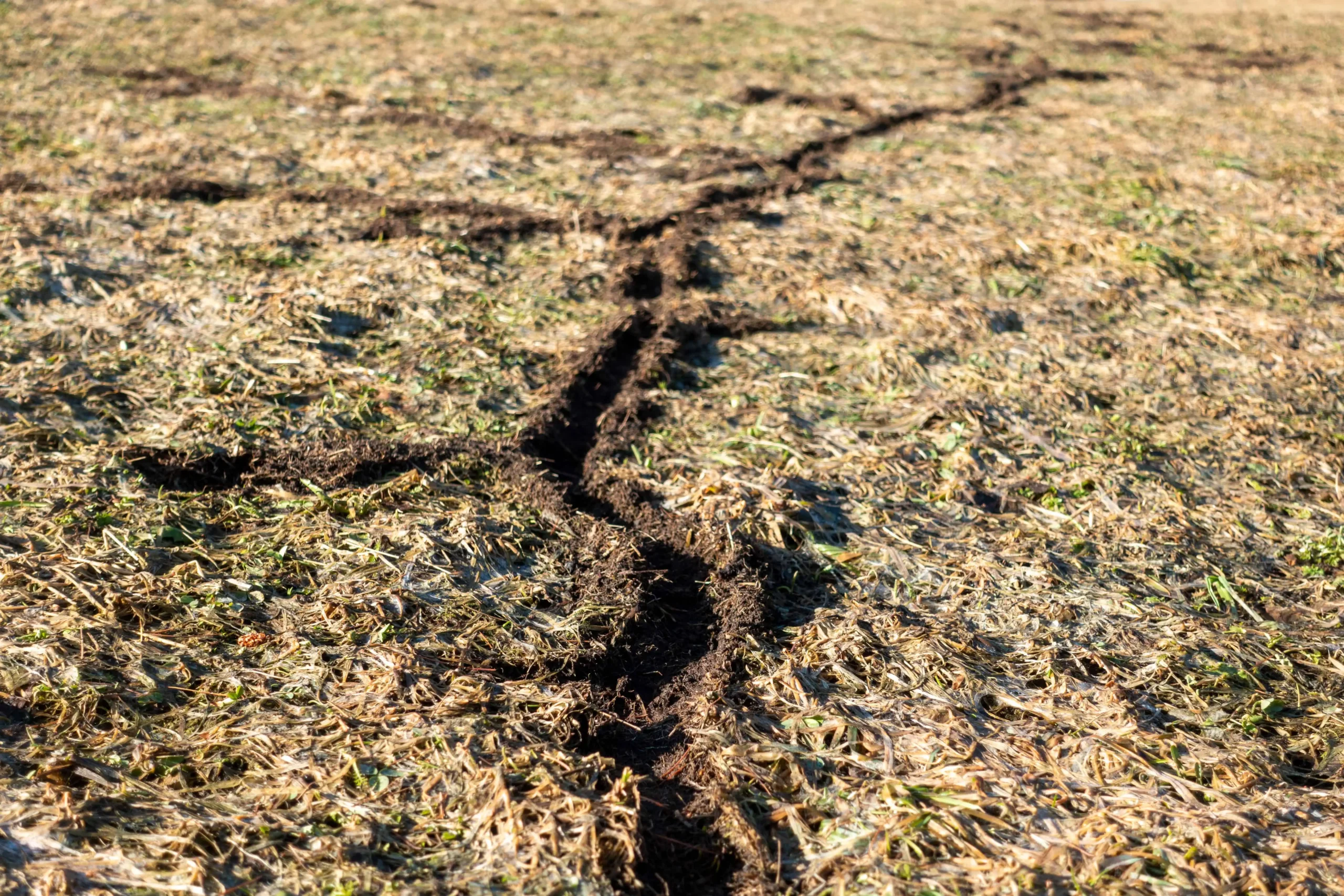Effective Vole Control Solutions: Protect Your Property Today!
Wiki Article
Releasing the Power of Vole Insect Control: Advanced Techniques for Infestation Eradication and Therapy
.2403200956550.jpg)
Vole Parasite Identification and Evaluation
Voles, tiny rodents that resemble computer mice however have shorter tails, are commonly identified bugs in yards and yards, needing complete assessment to determine the degree of their problem. Determining voles entails recognizing their distinct attributes, such as their stocky bodies, brief legs, and little eyes. They are normally around 3 to 9 inches long and can differ in color from grey to brown.Analyzing vole infestations is important for applying effective insect control strategies. Indicators of vole existence consist of runways in verdant areas, damaged plant life, and small burrow openings near the surface area. By examining these indications, property owners can determine the seriousness of the problem and design proper elimination methods.
To accurately assess vole populations, people can establish lure terminals or traps to catch and count the rats. Furthermore, observing vole task patterns can give insights right into their numbers and circulation across the damaged location. By performing an extensive assessment, individuals can customize their parasite control method to efficiently fight vole problems in lawns and yards.
Cutting-Edge Capturing Strategies

In addition, some digital catches are geared up with sensors and remote monitoring capabilities, allowing home owners to track vole activity and catch status from a distance, boosting the overall efficiency of vole insect control initiatives. By including these innovative trapping techniques into bug administration strategies, property owners can deal with vole infestations with accuracy and concern.
Strategic Exemption Approaches
Carrying out tactical exemption methods is essential in avoiding vole problems and protecting gardens and lawns from damage triggered by these bugs. These barriers ought to be buried at least 12 inches deep and surge 6 inches above the ground to avoid voles from delving underneath or climbing over them.One more essential exemption approach is using gravel or rock mulch rather than natural compost. Voles are much less likely to tunnel via rocky surface, making this a much less eye-catching environment for them. Routinely evaluating the perimeter of the garden or lawn for spaces in foundations, fences, or walls is critical. These access factors should be secured with products like concrete or steel blinking to stop vole gain access to.
Eco-Friendly Repellents and Deterrents
Using eco-friendly repellents and deterrents is a lasting method to taking care of vole populations and decreasing damages to gardens and backyards. Eco-friendly choices are getting appeal as a result of their efficiency in pushing back voles without triggering damage to the environment, animals, or helpful wild animals. One typical green approach is utilizing natural vole repellents such as castor oil, killer, or garlic urine, which develop unpleasant aromas for voles, driving them far from dealt with areas.Another eco-friendly deterrent is making use of physical obstacles like cable mesh or hardware towel to safeguard at risk plants and bulbs from vole damages (vole pest control). These barriers serve as a precautionary step against vole intrusion while permitting for appropriate oygenation and drain in the soil
Furthermore, introducing vole predators like owls or mounting nest boxes can assist normally control vole populations in a yard or yard. By urging natural predators, a well balanced community can be kept without the requirement for hazardous chemicals or traps. Generally, incorporating eco-friendly repellents and deterrents in vole insect control strategies promotes lasting and ecologically aware practices.
Integrated Bug Management Solutions
A holistic method to taking care of vole populations and mitigating damages in yards and yards involves the thorough technique of Integrated Parasite Administration Solutions. Integrated Insect Management (IPM) incorporates various strategies to address vole invasions successfully while lessening ecological effect. This technique incorporates biological, cultural, physical, and chemical control approaches to accomplish long-lasting insect control.One key facet of IPM is the focus on avoidance. By executing measures such as habitat adjustment, exemption techniques, and keeping appropriate yard health, property owners can create environments much less for vole habitation. Additionally, organic controls, such as introducing all-natural predators or using vole-resistant plant selections, can aid handle vole populations without considering chemical treatments.
When chemical control ends up being required, IPM concentrates on utilizing targeted and eco friendly chemicals in a precise manner. This minimizes the overall chemical load on the environment while successfully handling vole populations. Normal monitoring and assessment are additionally essential elements of IPM, enabling for modifications to strategies based upon pest population characteristics and effectiveness of control procedures. By adopting Integrated Parasite Management Solutions, house owners can achieve lasting vole parasite control while promoting environment wellness in their yards and yards.
Final Thought
In final thought, the innovative techniques for vole yard damage vole parasite control discussed in this article give reliable solutions for invasion obliteration and therapy. These approaches offer a detailed technique to vole pest control for long-term success.As the perseverance of vole infestations continues to test building proprietors and agricultural professionals alike, the pursuit for a lot more effective and reliable pest control methods intensifies. Furthermore, some digital catches are equipped with sensing units and remote surveillance abilities, enabling home owners to track vole task and trap standing from a distance, enhancing the total effectiveness of vole parasite control initiatives. One usual eco-friendly approach is using natural vole repellents such as castor killer, oil, or garlic pee, which develop undesirable fragrances for voles, driving them away from treated areas.
Additionally, presenting vole killers like owls or installing nest boxes can help normally control vole populaces in a yard or yard - vole lawn damage. By embracing Integrated Bug Administration Solutions, property owners can achieve lasting vole bug control while promoting ecosystem wellness in their yards and lawns
Report this wiki page